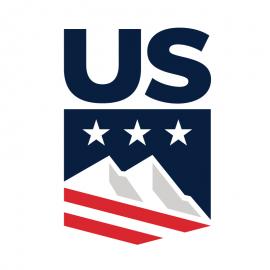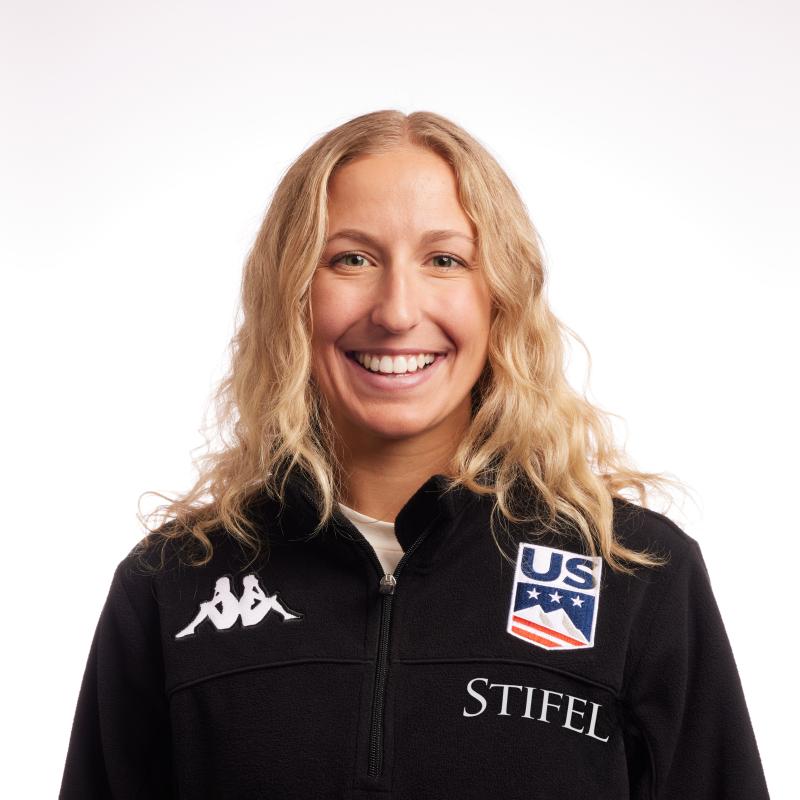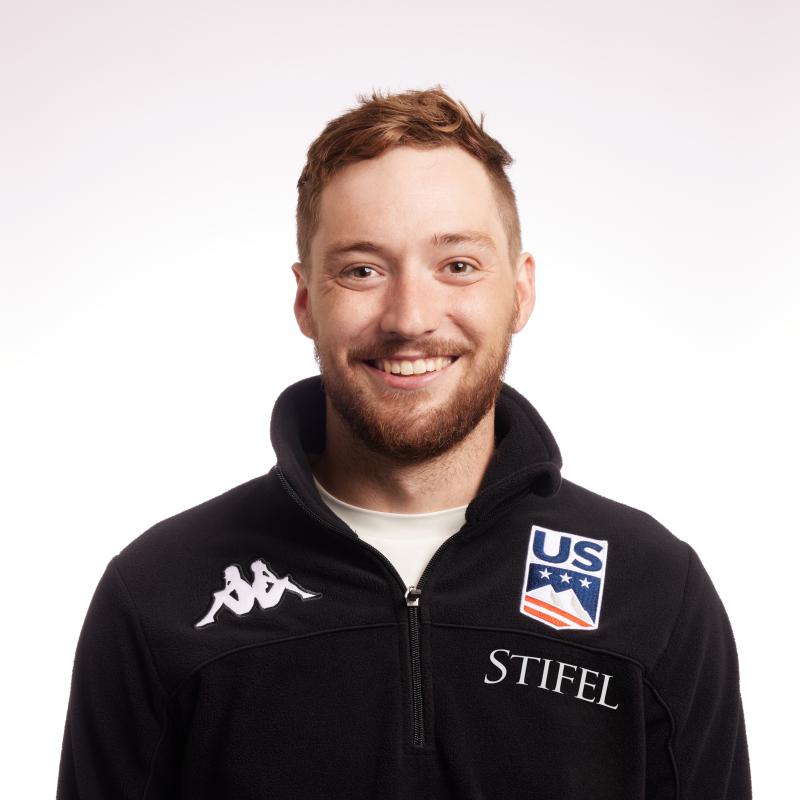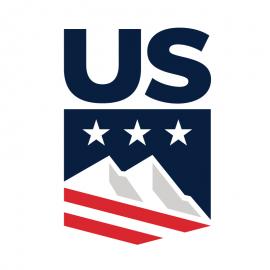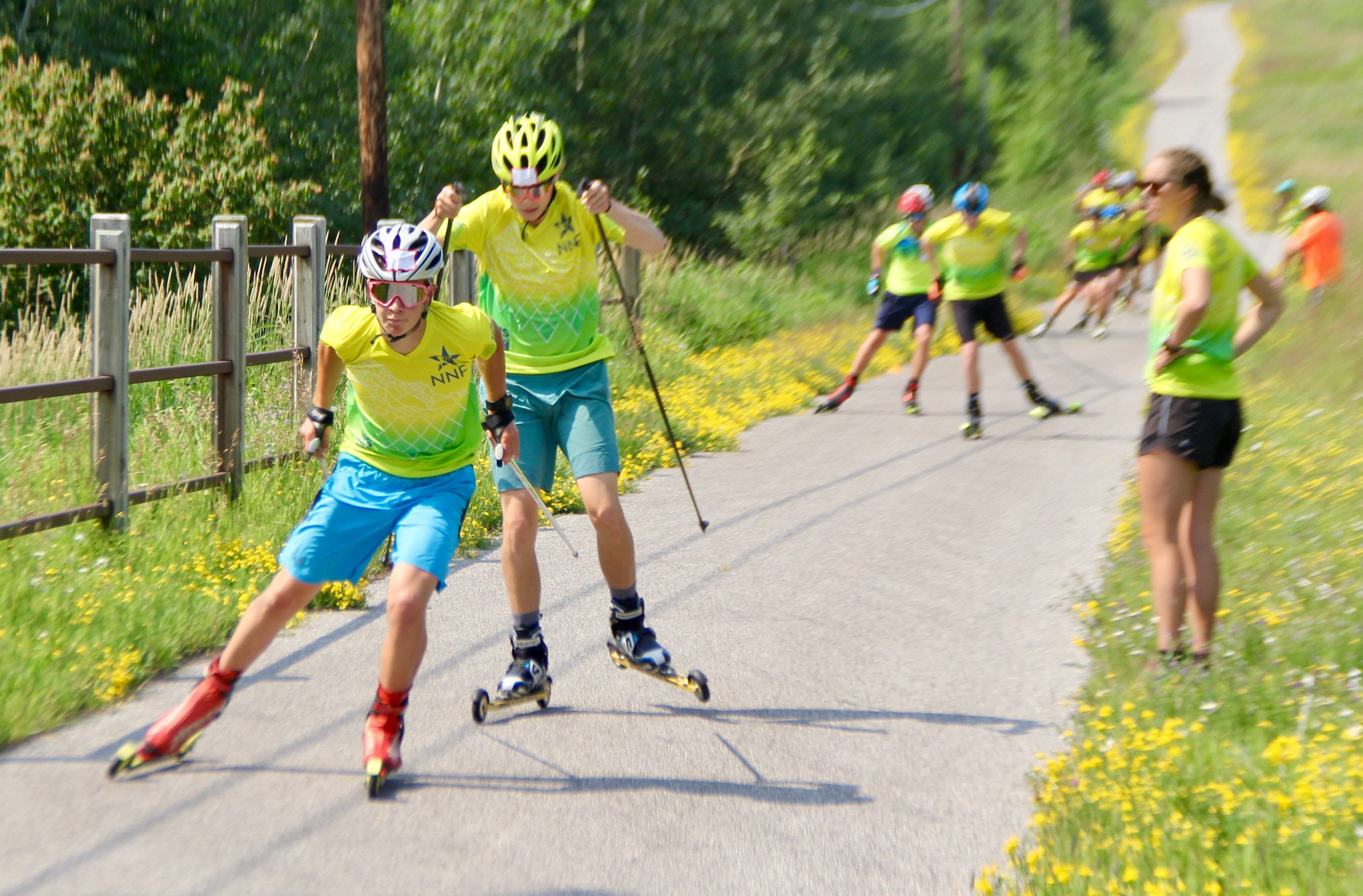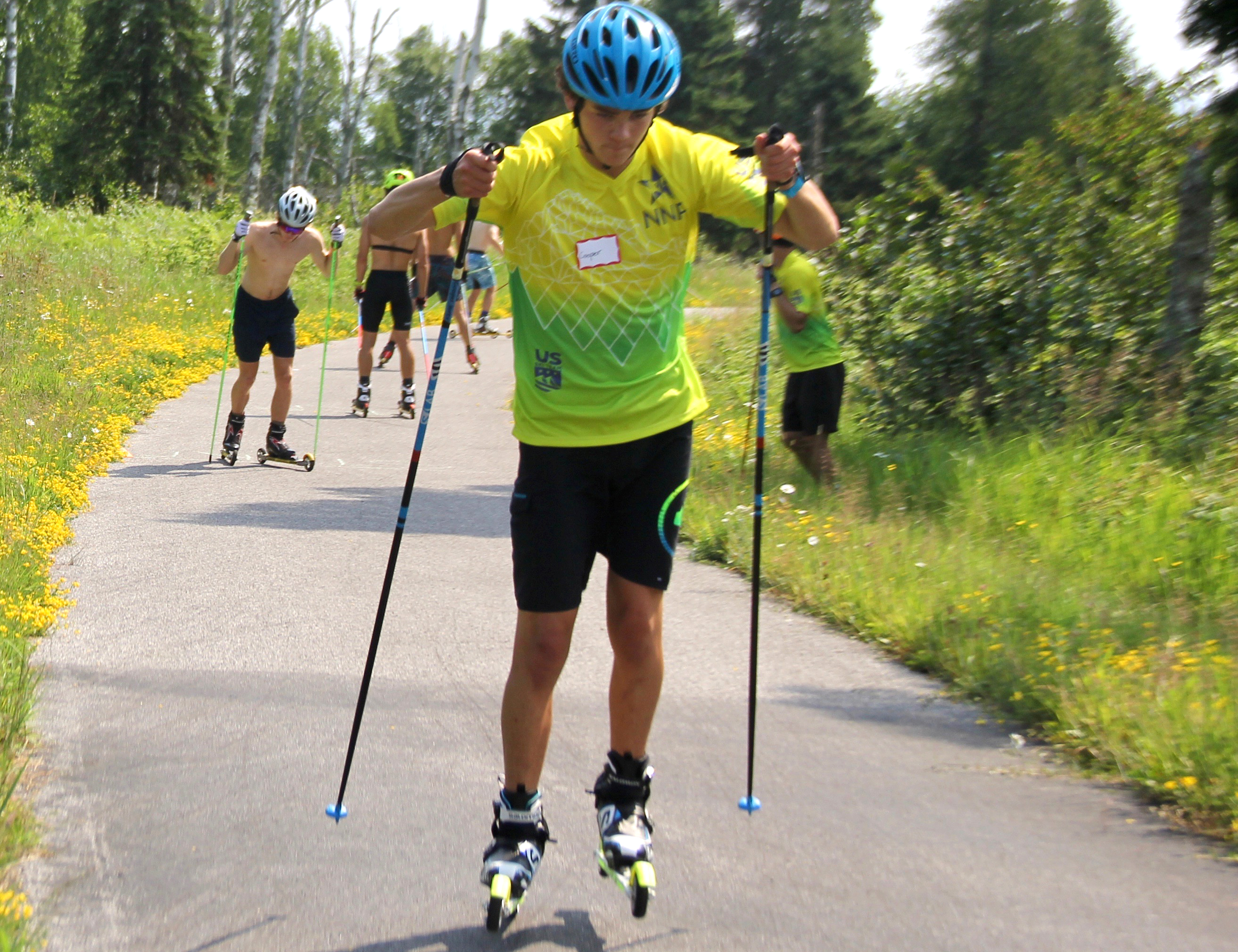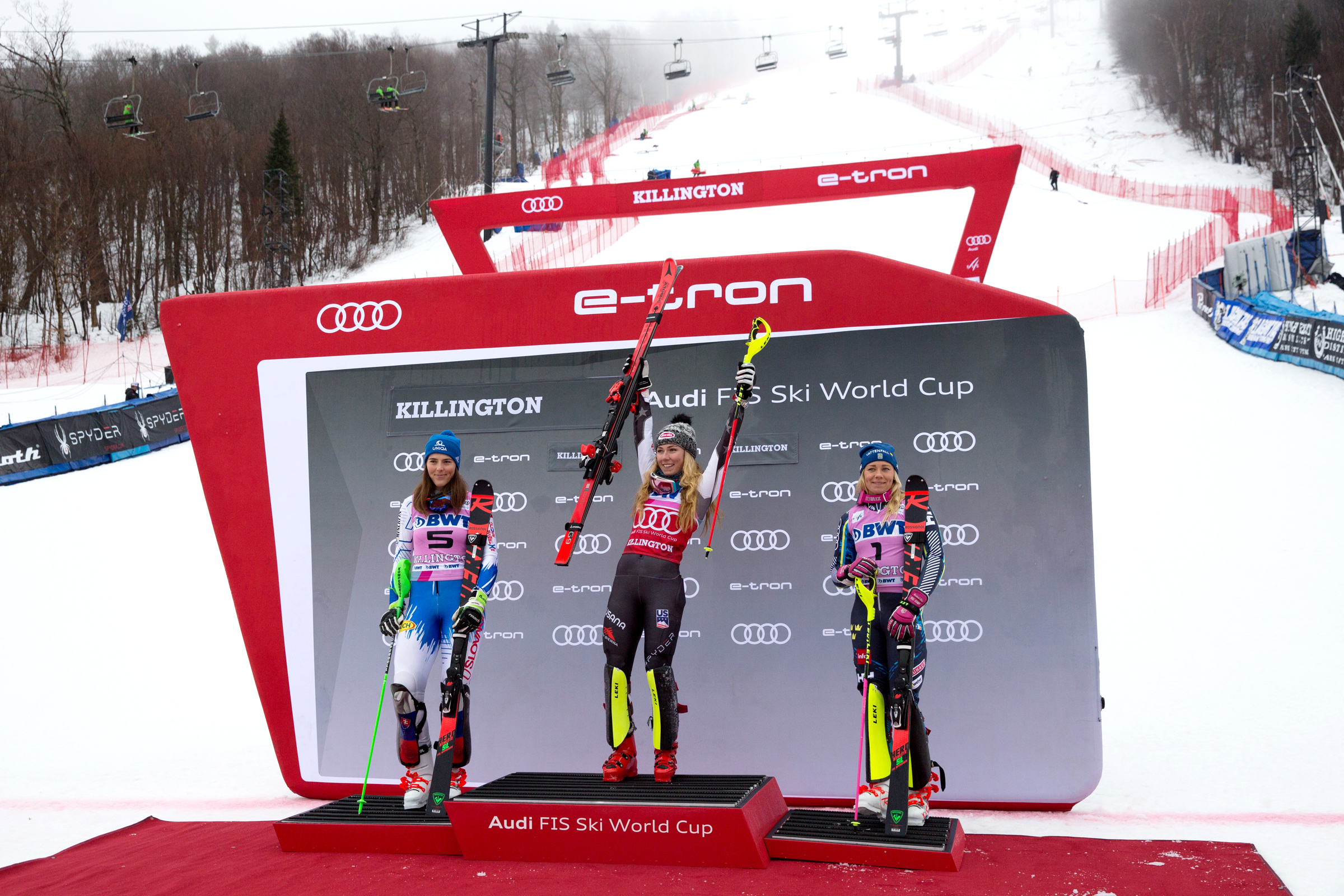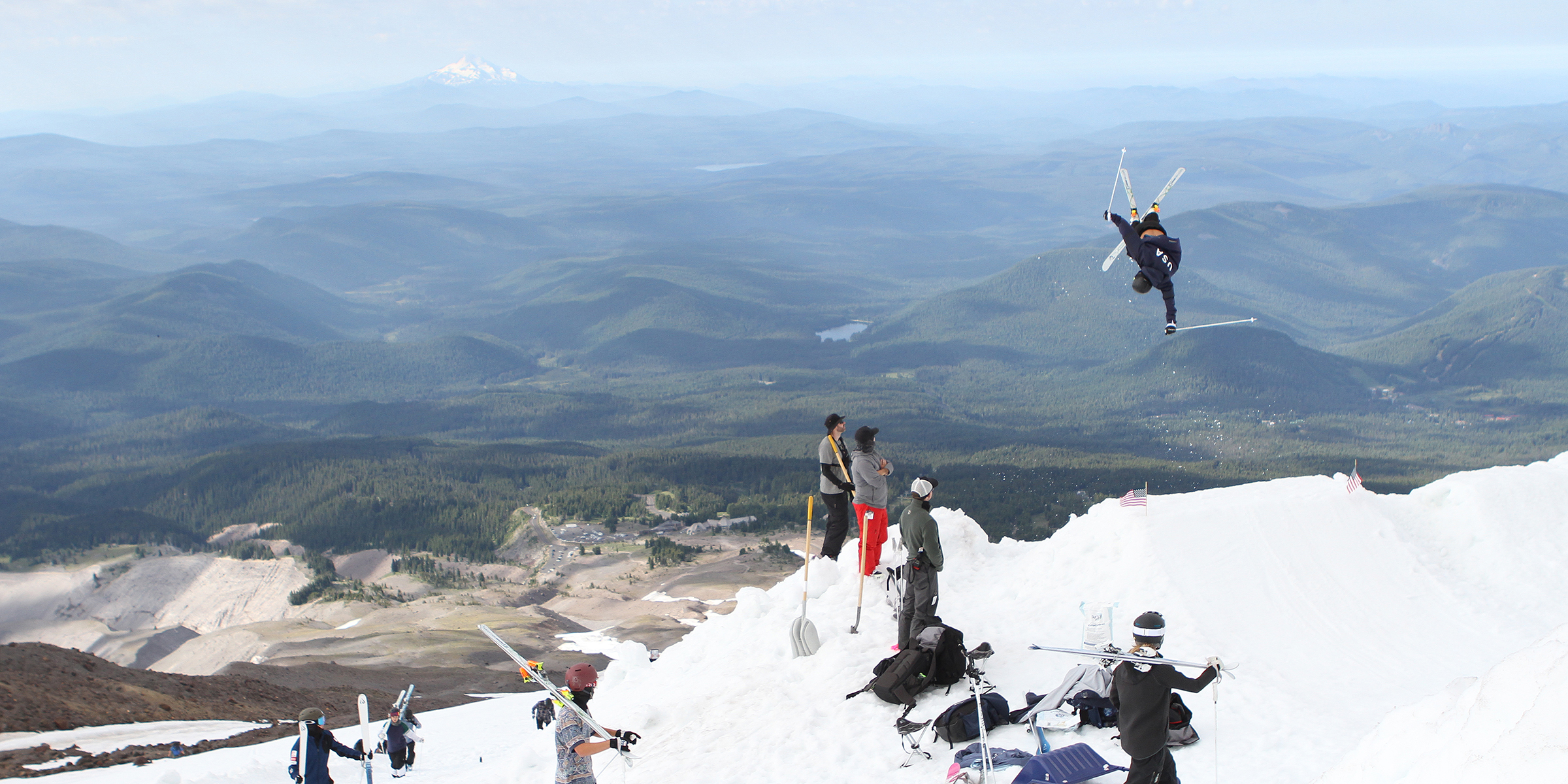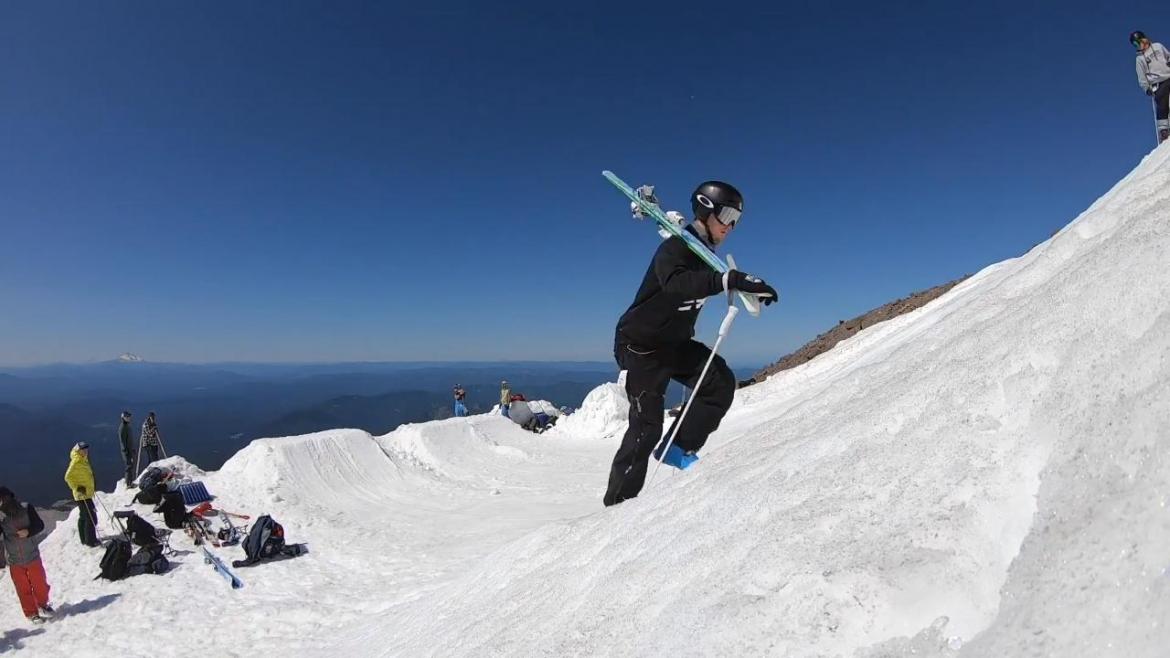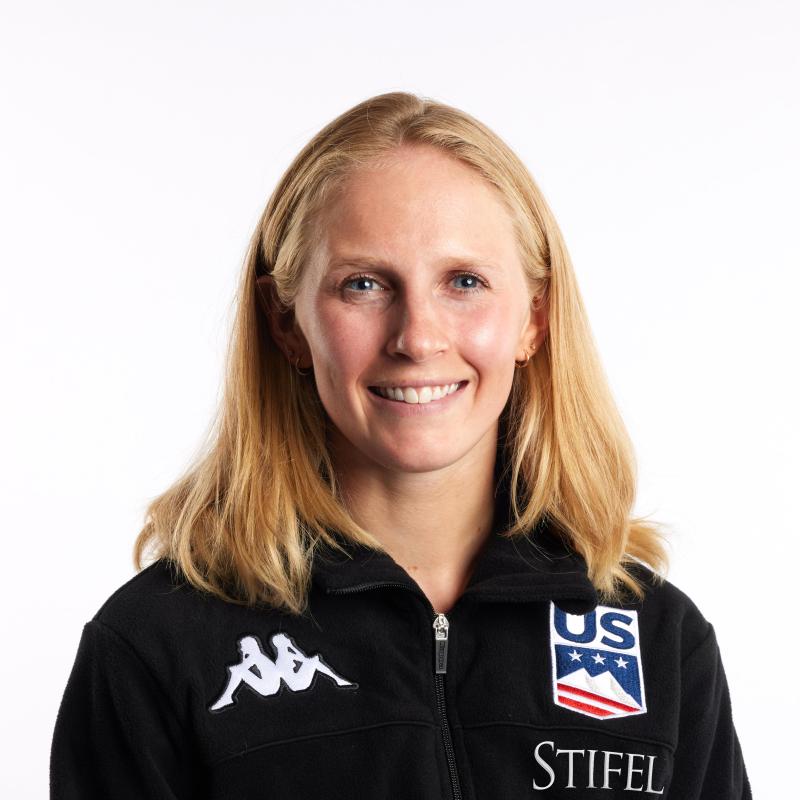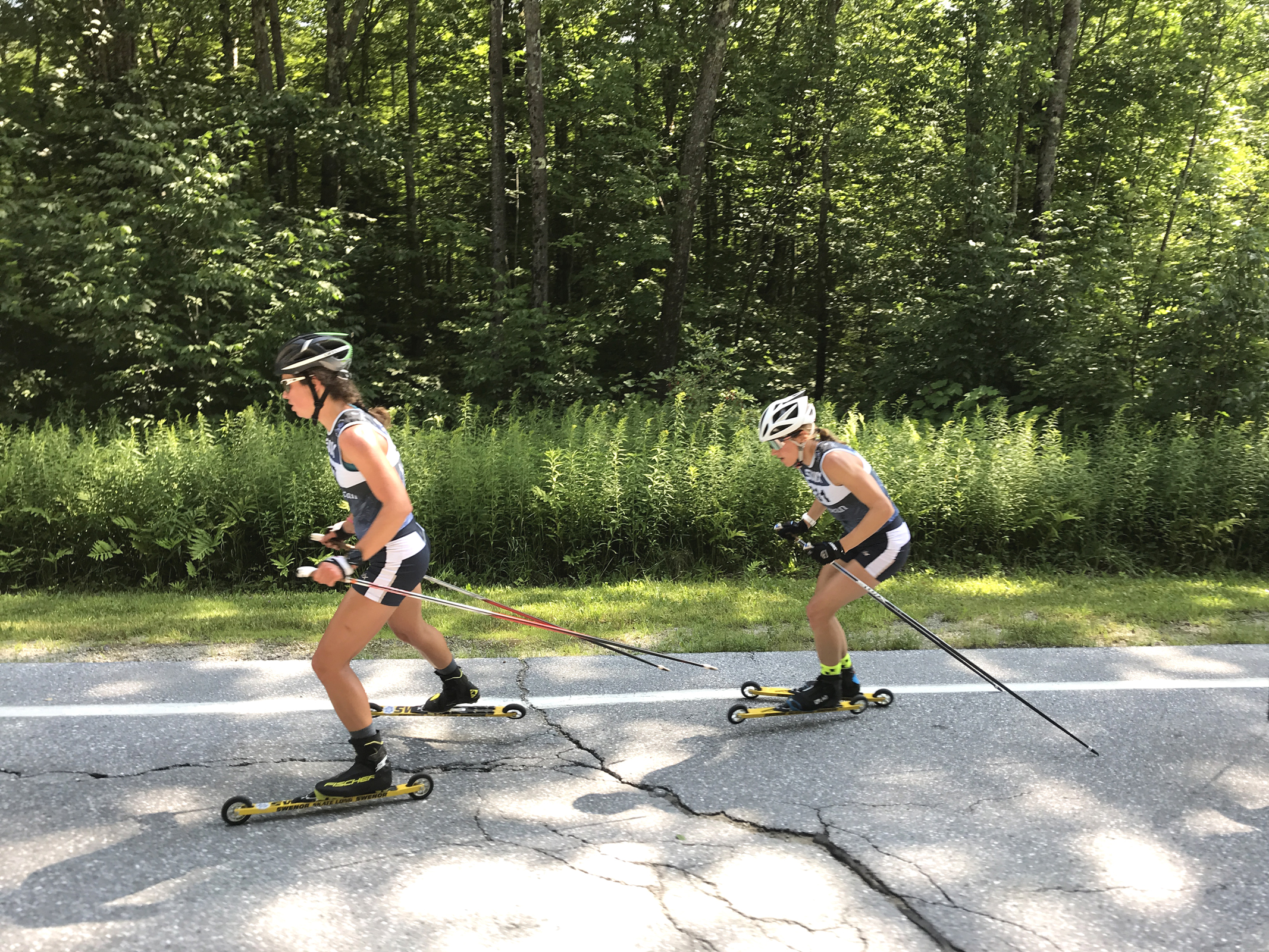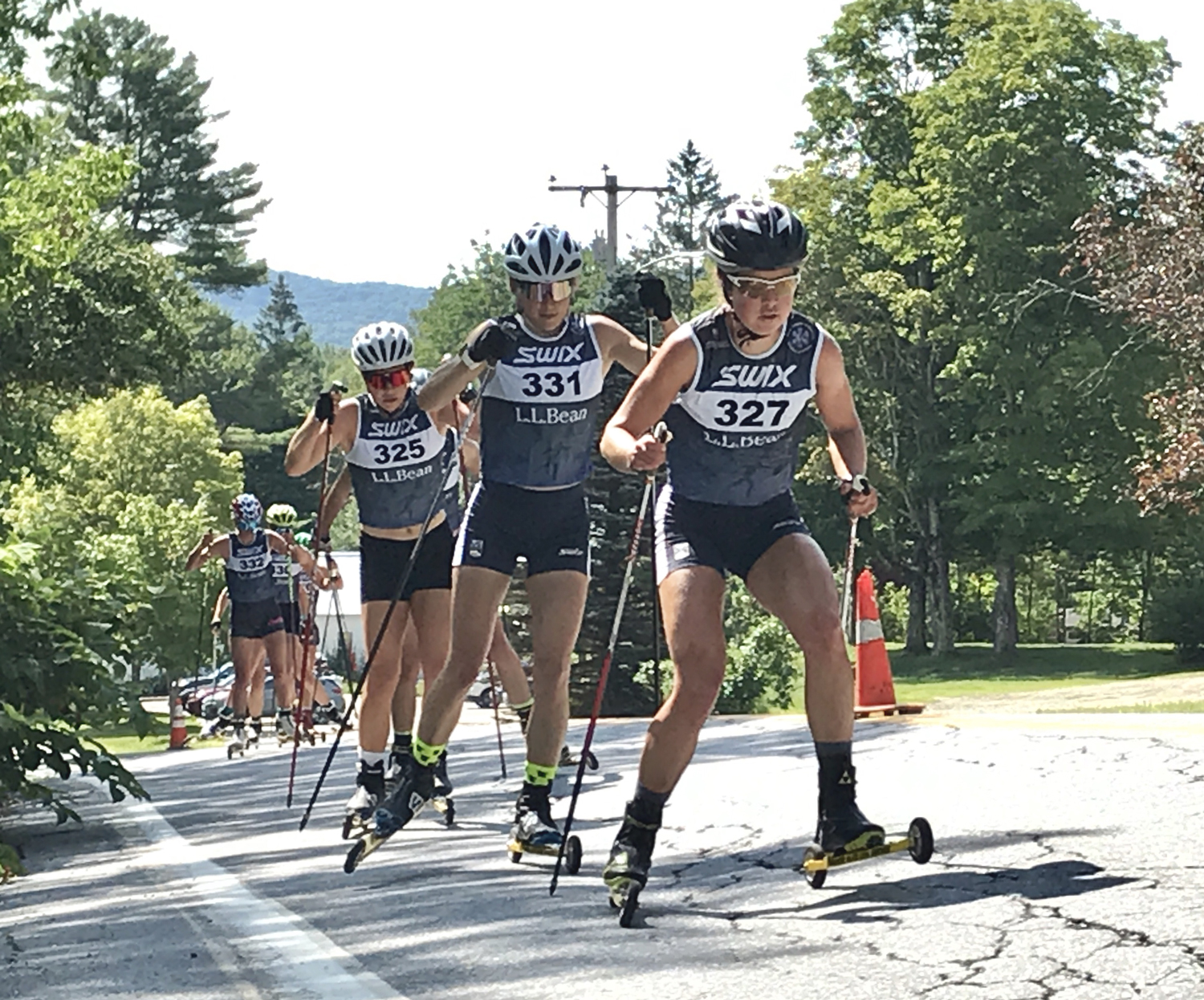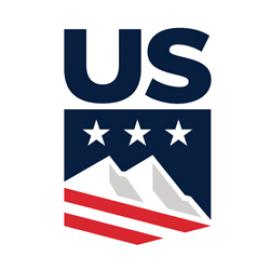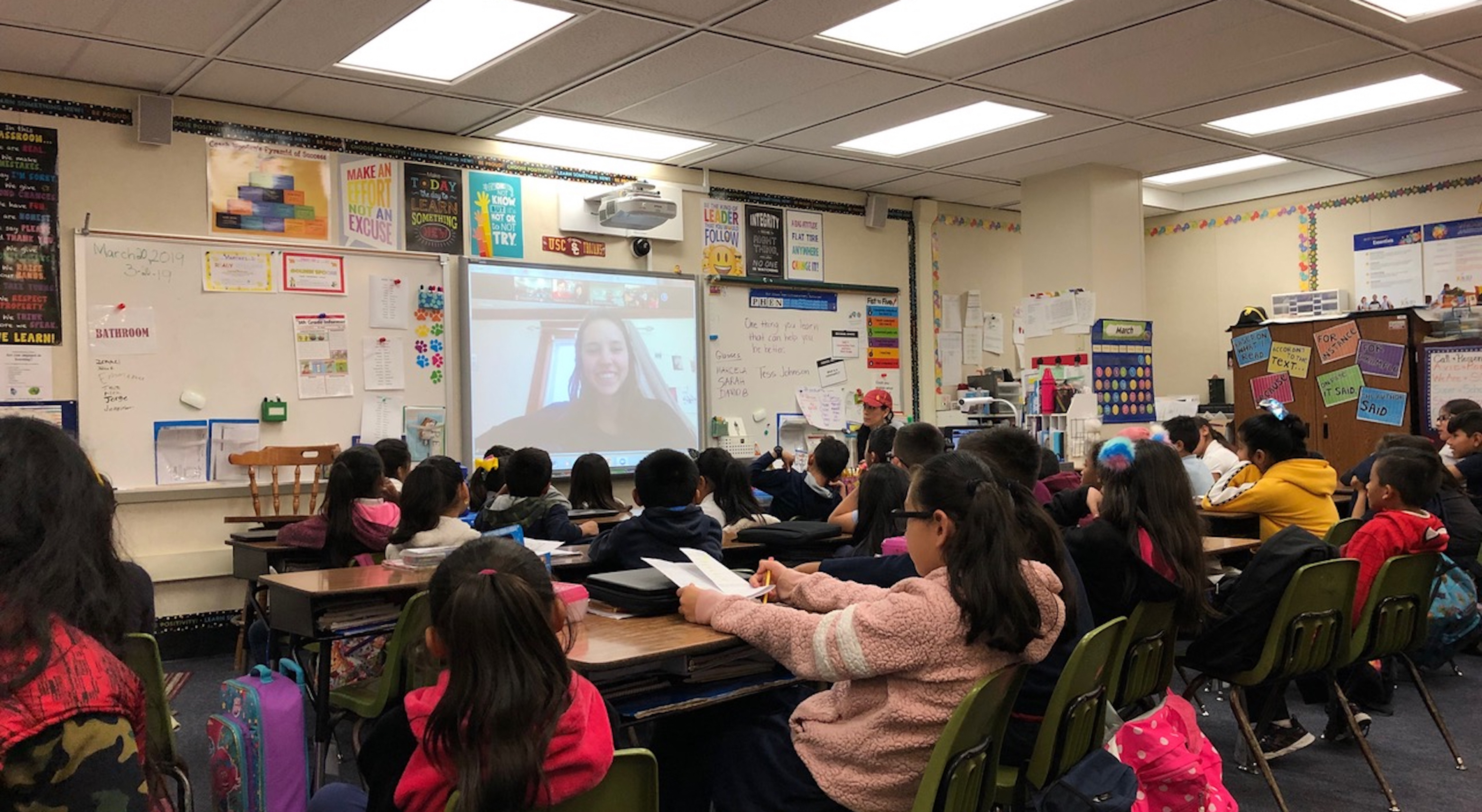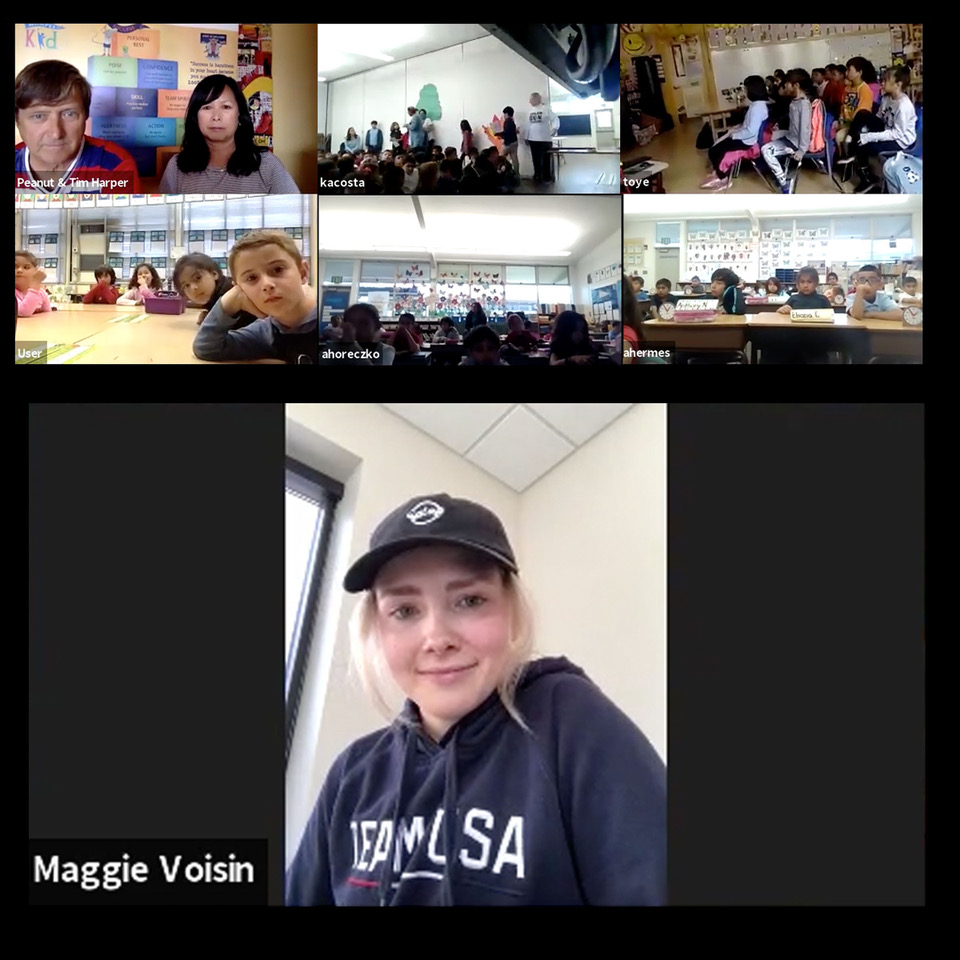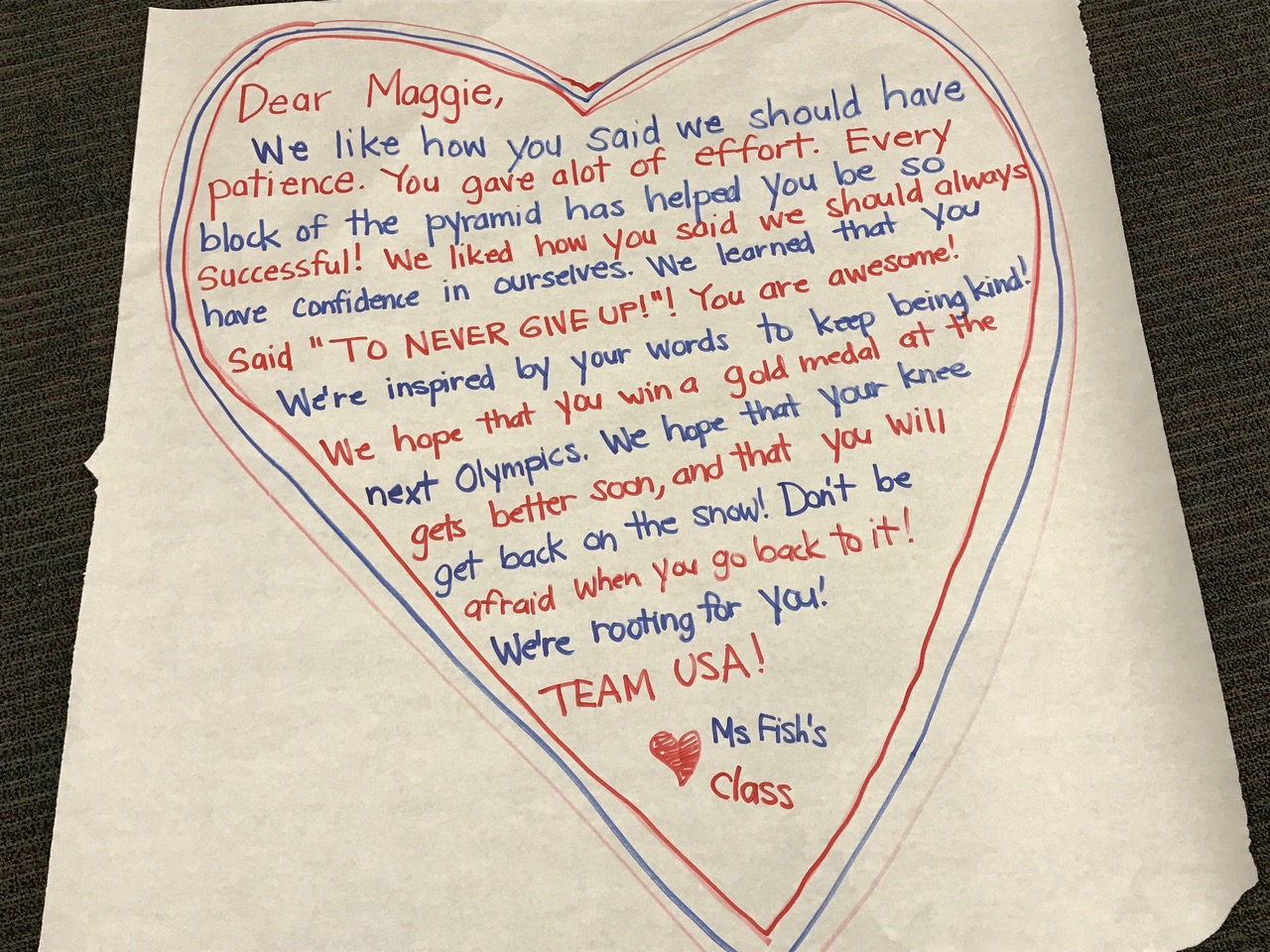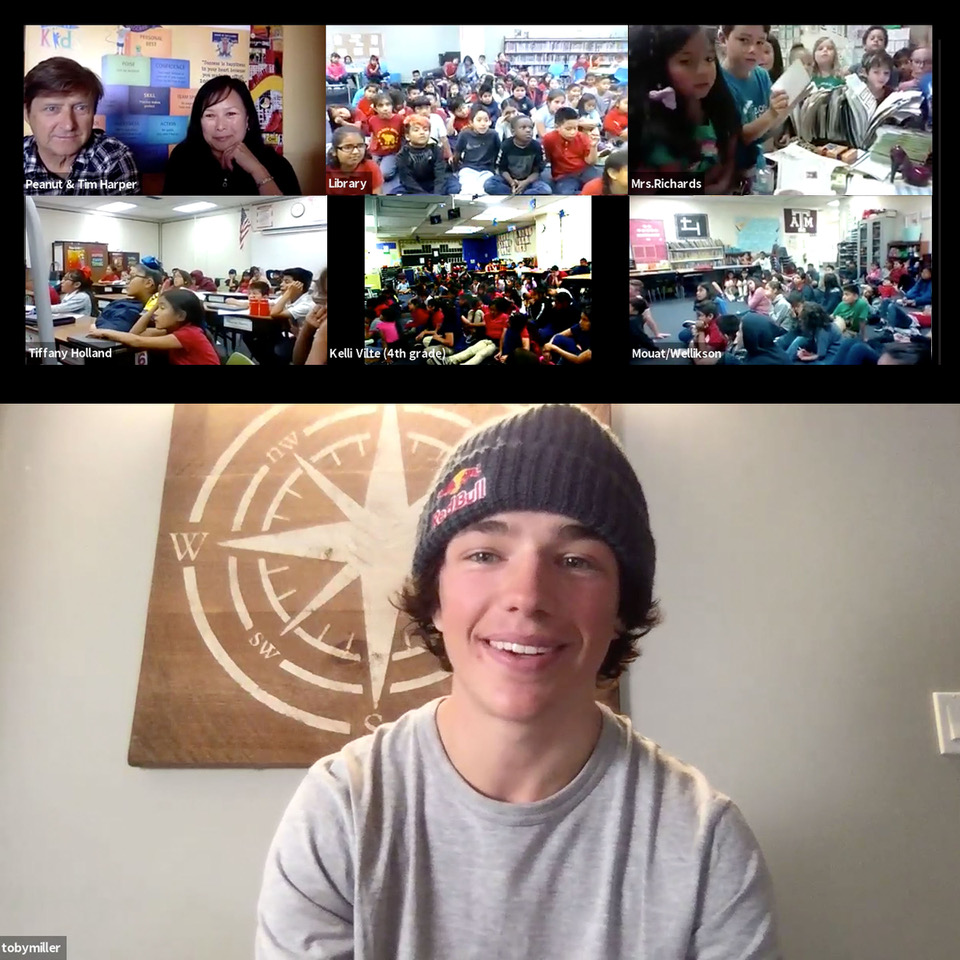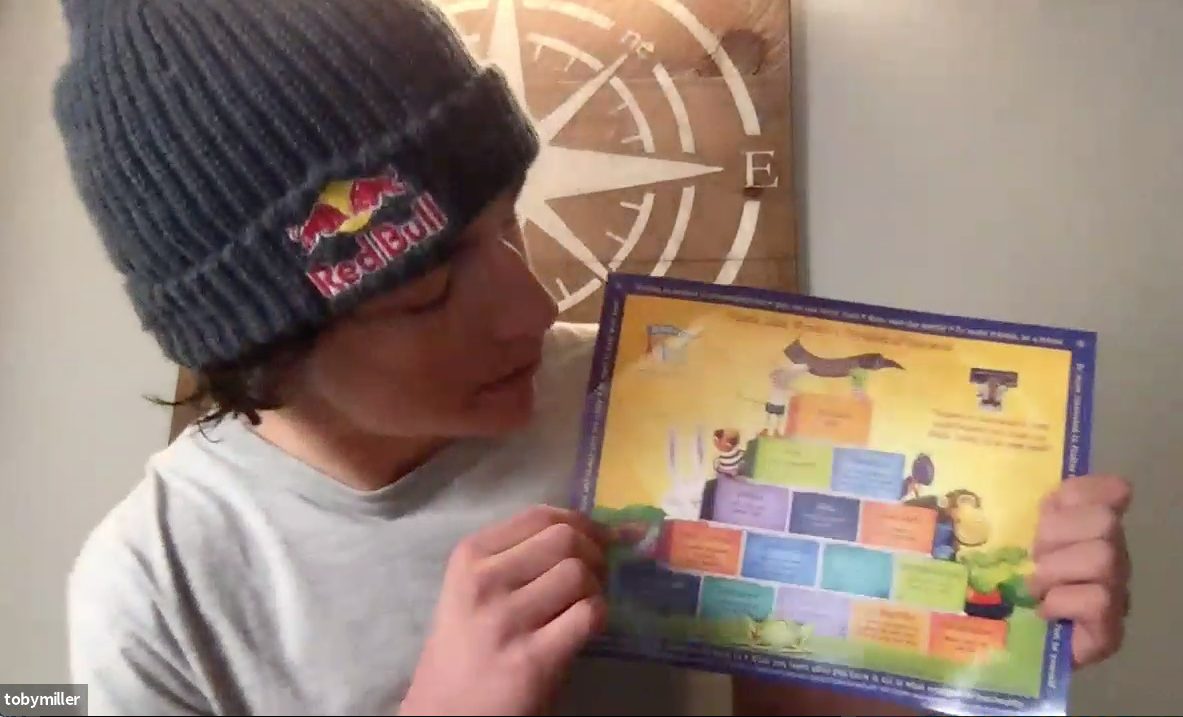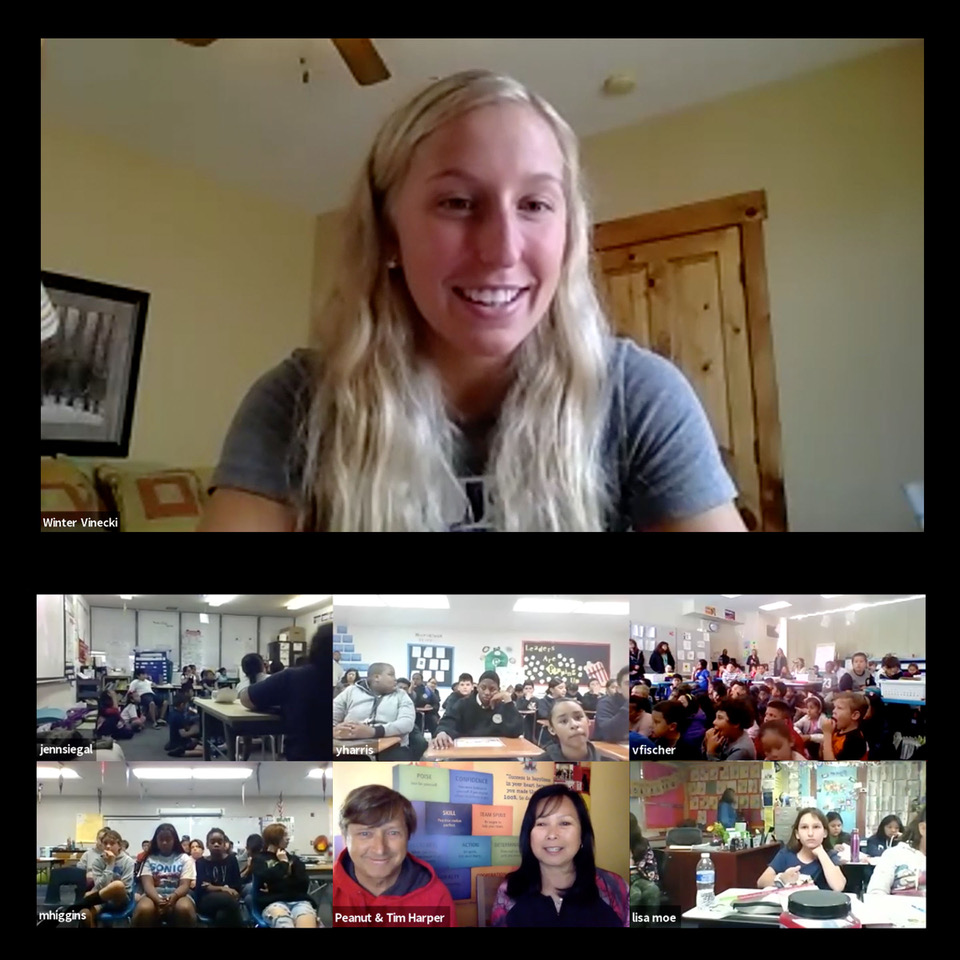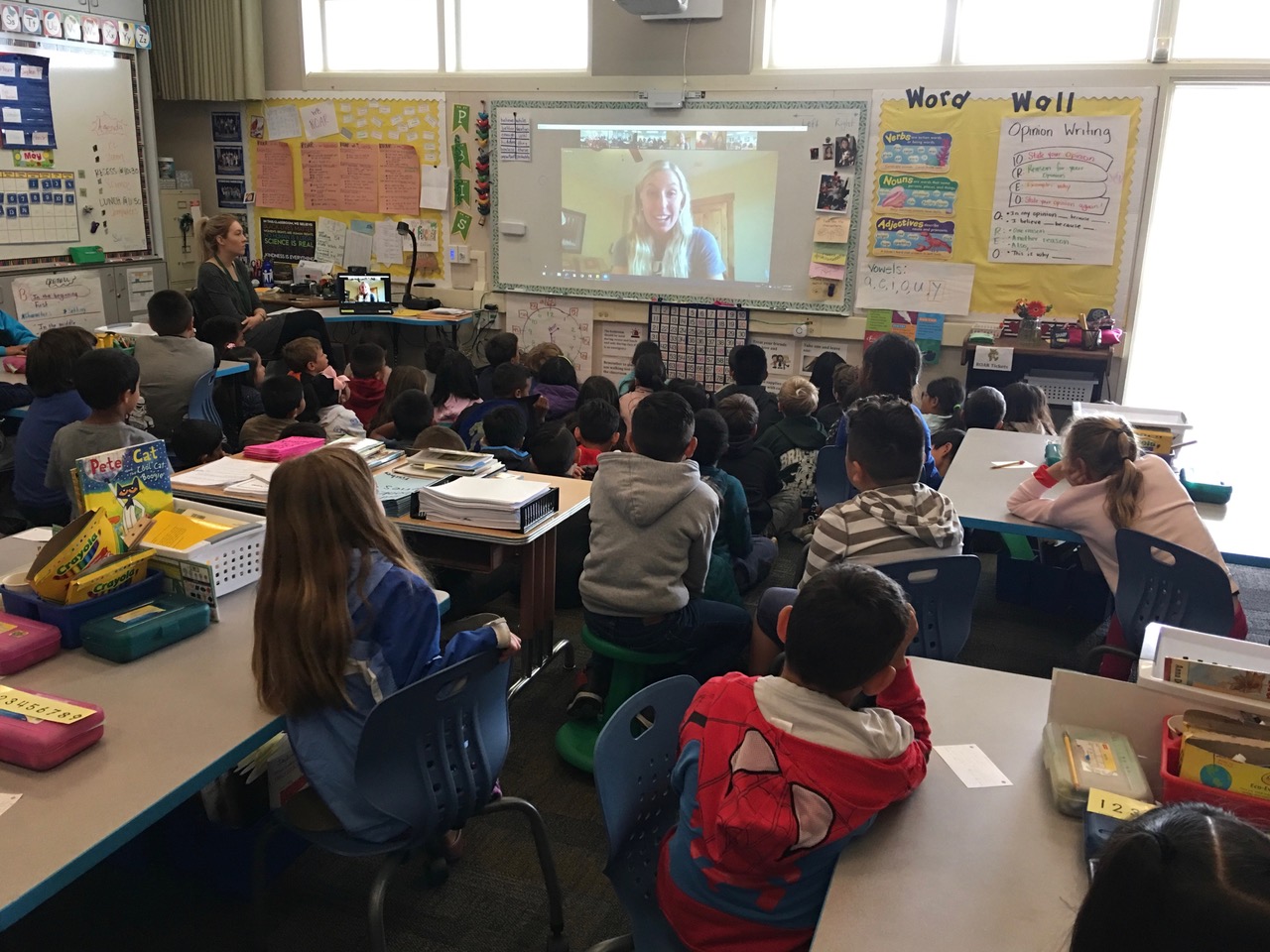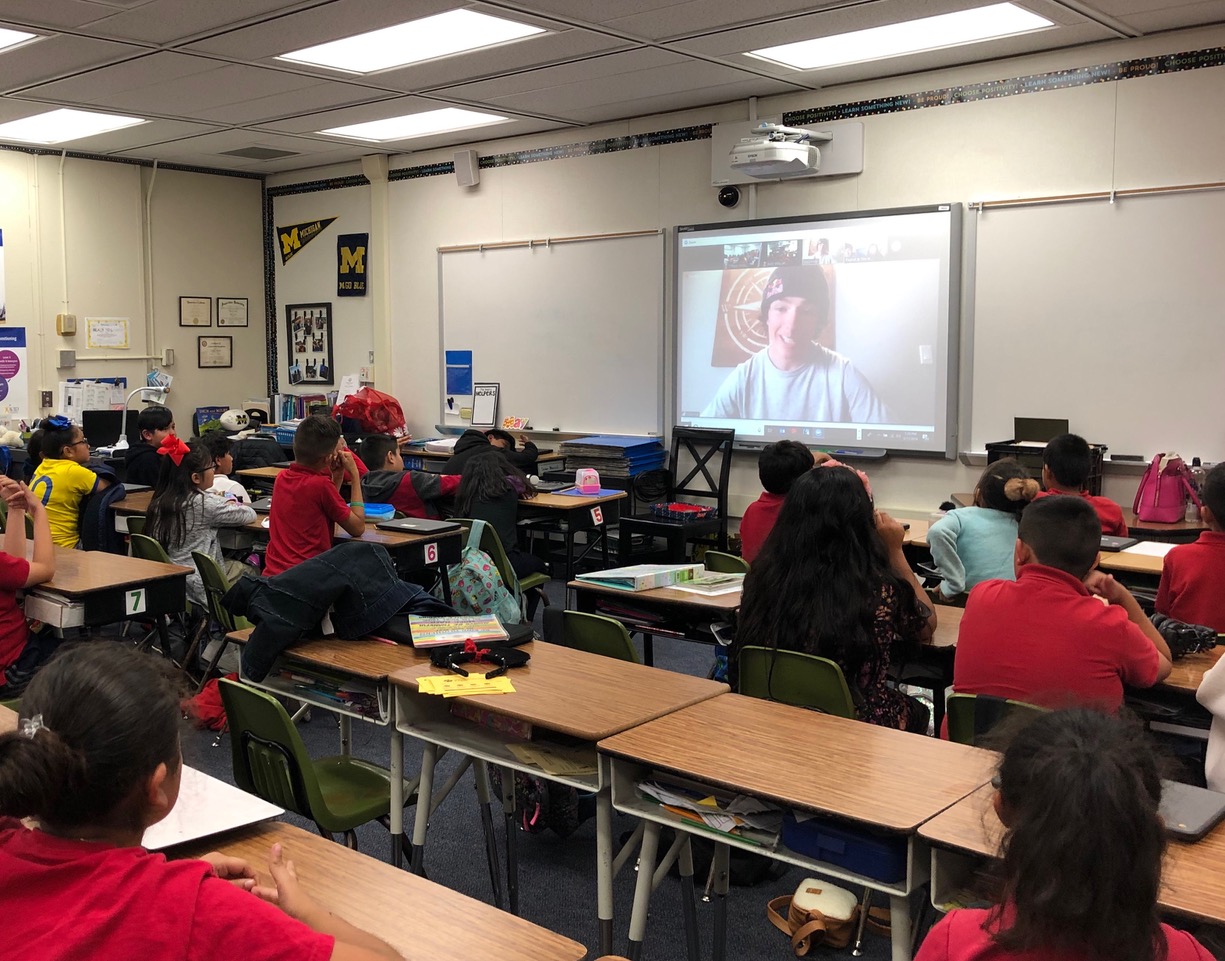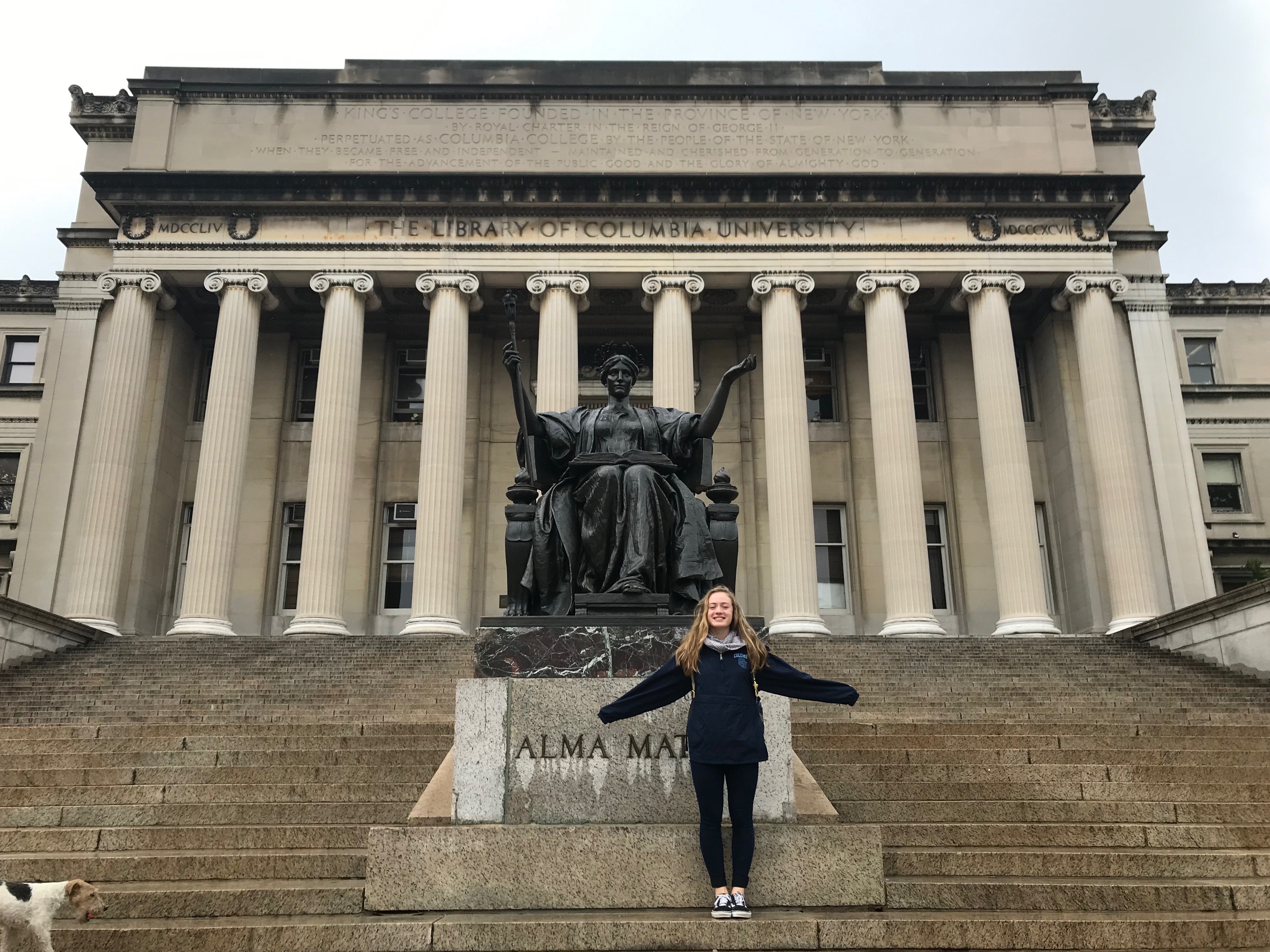Hailing from Texas, it seemed unlikely that Michael Bingaman (“Bing” as we call him) – Athletic Development Coach for the men’s U.S. Alpine Ski Team – would find himself on the mountain, but with a Master of Science in Kinesiology/Sports Physiology, a background in Olympic weightlifting, and an open mind and excitement to take on new sports and events, it makes complete sense. Bingaman introduces a new U.S. Ski & Snowboard content series called the “Coach’s Column” that will feature staff members from strength and conditioning coaches to physios, on-hill coaches and beyond. From creating a successful team culture off the hill that translates to on-hill success to female coaches with a goal to inspire and nurture the next generation of rippers (and much more), we’ll bring you stories from the ground through the lens of our coaching staff who know our athletes best.
These staff members spend countless hours traveling from point A to point B in the winter with athletes, eating dinner as a team, training in the gym and on the mountain, often celebrating Christmas away from home and instead with their athletes and fellow staff members, and the list goes on. They’re more than a team…they’re a second family – a winter family. It’s not easy to be away from home. The days are long and the load is heavy, and it’s sometimes thankless work for these behind-the-scenes heroes. We hope that by sharing their stories, in their words, it will give you all some understanding and appreciation for what it takes to create an environment in which our athletes can thrive.
Enjoy the journey,
Megan Harrod
Alpine Marketing Communications Manager
------------------
“Oh, so you just get people strong,” they say. As an Athletic Development coach, I’ve had my entire job summed up with those words more often than I can count; though quite innocently, I might add. When I’m meeting someone in passing, I’ll usually just laugh and reply, “Yeah, that’s about right.” But the truth is that preparing an athlete, especially an athlete who is set to perform at the highest level of sport, goes far beyond this simple summary.
Those of us who share a similar role, but with different teams here at U.S. Ski & Snowboard recently and very deliberately changed our job titles from “Strength & Conditioning Coach” to “Athletic Development Coach”. This was done for a number of reasons, but the most important reason is that we do far more than simply “strengthen” and “condition” athletes. Words paint pictures, and “Strength & Conditioning Coach” – often shortened to “Strength Coach” – is far too simplistic of an image to explain what we’re actually up to. At our core, we in the High Performance Department seek to “develop competent, confident, and connected athletes and teams of strong character that are physically and mentally prepared to be the best in the world in skiing and snowboarding.” With all of that in mind, I’ll be quite frank: Getting athletes strong is both incredibly simple and often the least of my concerns.
The first and most important of these is love. I do what I do because I care, and I care A LOT. In a presentation I give to my athletes to kick off our prep-period each year, I make a point to state this very clearly to my guys: “I care about you as a person more than I care about you as an athlete.”
If everything I did as a coach was built upon three pillars, those three pillars would be love, excellence, and fun. The first and most important of these is love. I do what I do because I care, and I care A LOT. In a presentation I give to my athletes to kick off our prep-period each year, I make a point to state this very clearly to my guys: “I care about you as a person more than I care about you as an athlete.” Though a goal of mine is to prepare athletes for success at the highest level, their performances do not, in any way, affect how I feel about them as people. And it’s with this understanding that our training begins.
In 1943, psychologist Abraham Maslow published a book titled, “A Theory of Human Motivation,” from which his famous “Hierarchy of Needs” was born. His model is important because the peak of his pyramid is topped with “Self-Actualization,” or the “desire to become the most that one can be.” Those working and competing in elite sport identify with this desire at a visceral level. The base of his pyramid is formed by the meeting of our physiological needs followed by our safety needs. Atop that, in the middle, we find “love and belonging”, which supports “esteem”. Though Maslow points out that each of these levels doesn’t need to be filled to 100% before the next level can be built, the point of this all is that the journey to self-actualization has something of a sequential road map. To focus solely on peaking an athlete’s physical performance while neglecting to attend to his inherent need for belonging, for recognition, for connection, for family, is akin to constructing a mansion out of sticks – once the storms come (and they surely will), the walls come crumbling down.
Let’s bring it home: athletes on teams who don’t feel like they belong, who don’t feel cared for or connected, who don’t feel supported, are fighting an uphill battle that is rarely won. And to step back even more, the same is true for any of us – whether that be at our jobs, in our home life, or with our friend groups. The needs Maslow describes are innate in us all, regardless of profession; elite athlete or not. My pitch today, if I only get one, is this: See the person first.
Once you get to know an athlete as a person, once you discover their background, their motivations, their fears and hopes and dreams, you can truly begin to build something special. A team should be a family, individual sport or not, and the more a group resembles a family, the better things will be. What does it mean to be a family? It means you’re together through thick and thin. It means you look after one another. It means you care because you choose to care, day after day. It means you work together towards a common goal. It means you laugh together, and you’ll cry together. You’ll celebrate together, and you’ll work through difficult times together. When done well, this familial feel fills each of us to the brim in the categories of “Love and Belonging” as well as “Esteem”, the middle sections of Maslow’s hierarchy. It’s only then that self-actualization can be fully supported and reached.
My first real taste of this was with my 2017-2018 NorAm/Europa Cup team, more commonly known as The Shiver. (The “#MeetTheShiver” hashtag on Instagram will tell you all you need to know about this special crew.) This was a team of men who truly cared for one another, and not surprisingly then succeeded together. The success this group had and the successes that followed for the up-and-coming men’s alpine athletes speak for themselves – in their 2019 World Juniors showing, they were the best men’s team in the world. Did every single individual win a medal? No. But, every single individual played a role in every medal that was won.
From sweating together through hundreds of hours of sessions in the gym to pushing one another on the hill to making one another laugh and simply caring when it mattered most, this team is ALL-IN together. Everyone belongs, everyone has a role, everyone contributes. The group’s success isn’t some unexplainable mystery. They were prepared, physically and psychologically, and they executed. And the entire time, they were supported, loved, challenged, and held accountable.
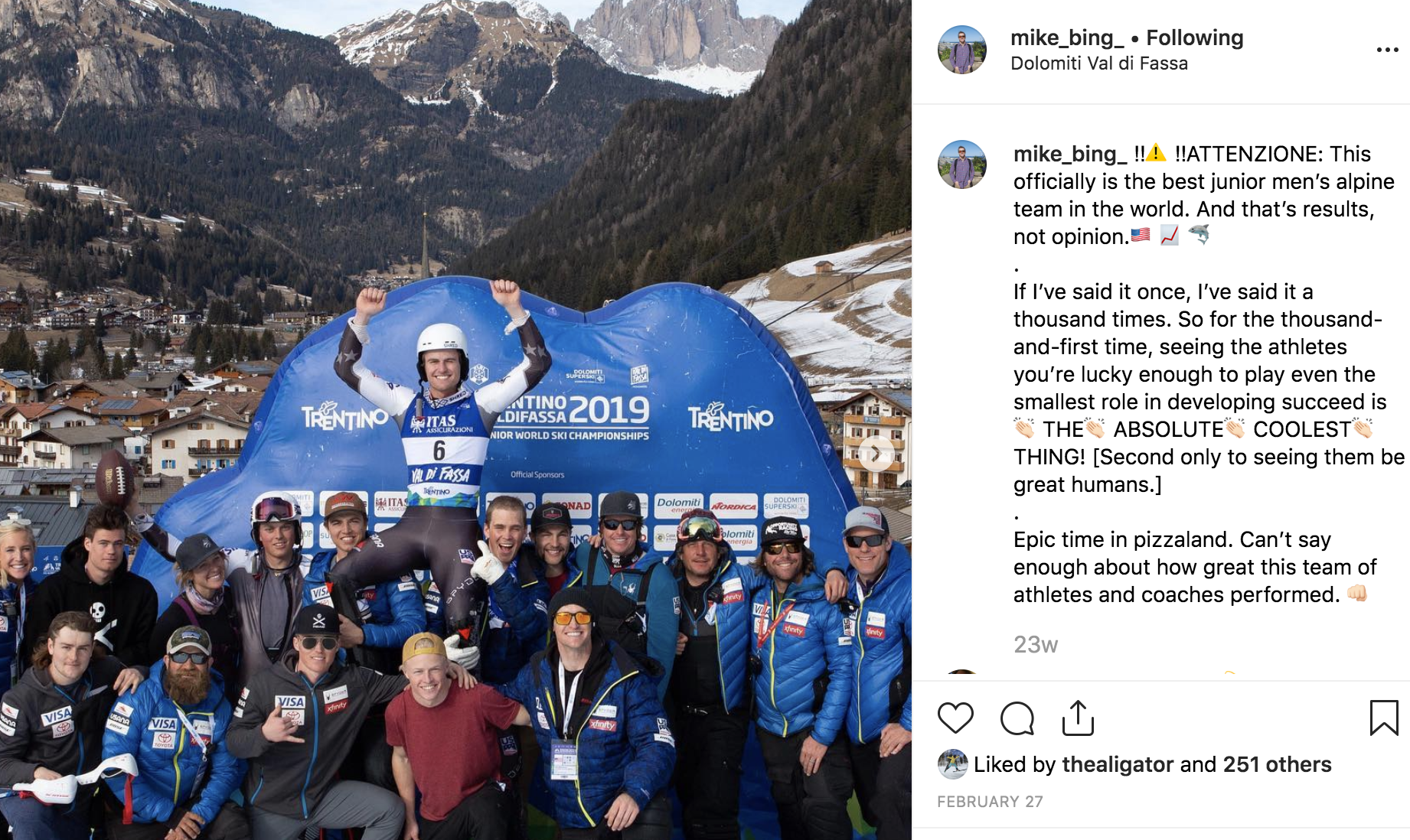
Success in this sport hinges on a lot coming together at once, and so many of those things are out of our control. On the flip side, so many things are within our control. While we can’t control the weather or the snow conditions, we CAN prepare the athlete. We can obviously get them stronger and fitter, we can tweak their setup and tune their skis, we can adjust their line and their tactics. But, as we consider all of that, we must also see the person first. We should shape cultures, set environments, build teams, encourage unity, and teach resilience. We should listen, laugh, nurture, and care. We should work through defeats, learn from both losses and wins, and grow better together. We should look after one another, challenge one another to be more, and hold one another accountable.
To be a small part of the support staff at U.S. Ski & Snowboard means we should do everything in our power to see the athlete kick out of the start as prepared, confident, and ready – physically, mentally, and emotionally – as is humanly possible. And THAT, in short, is what I, as well as the rest of the support staff, actually work to do. Like I said – simply getting athletes stronger is the easy part.

